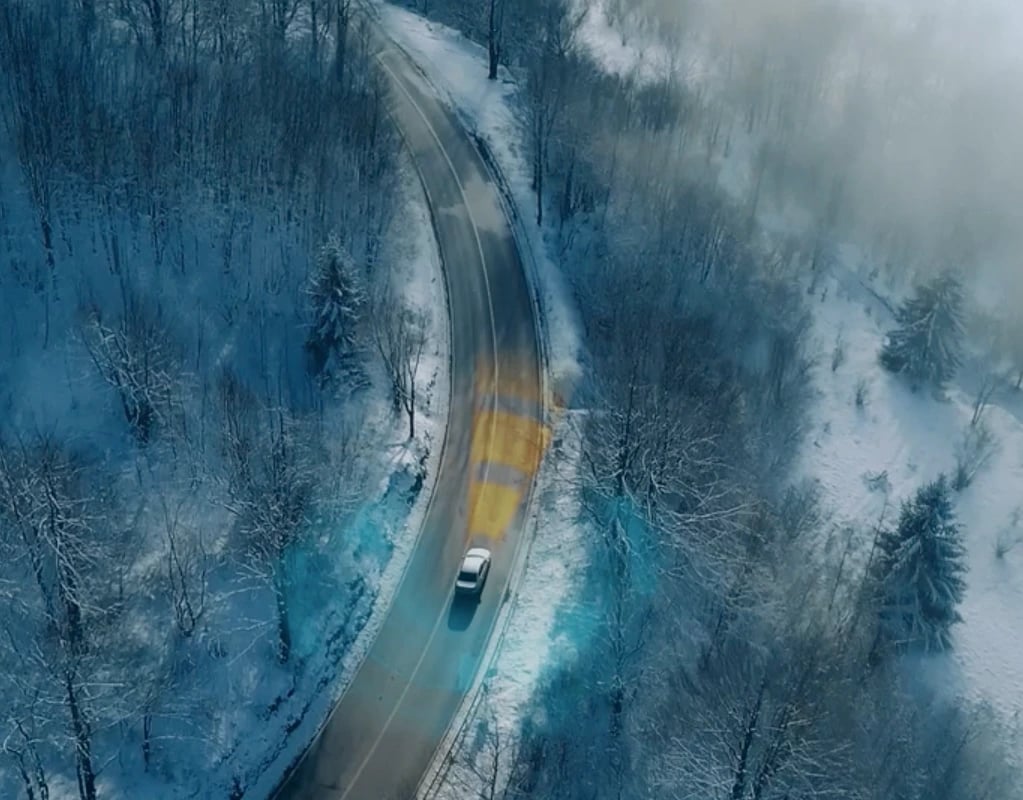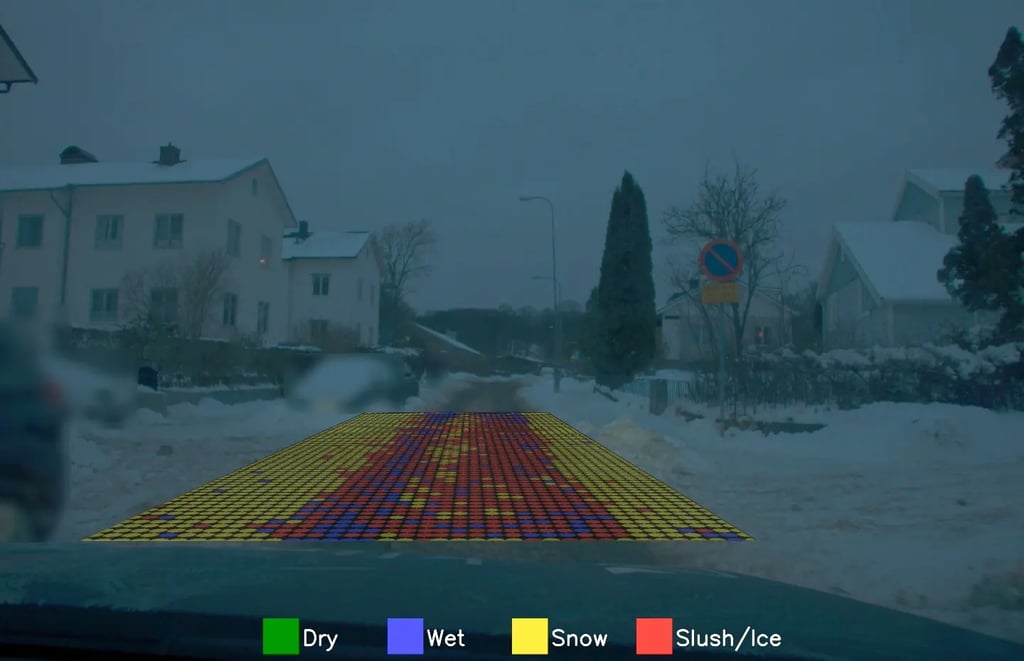EVOLUTION BY KLIMATOR
Revolutionizing Winter Road Maintenance: The Game-Changing Power of IoT-Based RWIS...
AHEAD is the result of 10 years of research and development, starting with the quest to find a way to detect black ice in front of a moving vehicle. During the past decade, Klimator’s engineering team has continuously worked to advance our capability to do so, combining existing sensors with advanced software and vast amounts of collected data.
Today AHEAD provides reliable, robust and scalable insights directly to the system, for improved operability during complex weather situations.

AHEAD allows the vehicle to react on what it’s in front of it, rather than what it has passed, providing current, correct, and relevant data at the right time.

Estimation of road conditions in full area:
Aggregated hazard level is visible for full road area.
Number of OEM projects
performed and ongoing
Number of vehicle with an AHEAD system
collecting data continuously
Number of continents we are
collecting data on
The AHEAD software consists of multiple combined software modules, each responsible for solving a task. Together they produce the high-resolution and real-time output of the system.
Input data:
For production applications, the AHEAD software will be embedded and utilize the available vehicle sensors, thus being hardware agnostic. To demonstrate the real-time detection and estimation capabilities of our software in proof of concepts a set of sensors, cables and computational units are combined and provided.
The AHEAD demonstration kit consits of:
(Only applicable for development kits and research programs. In series production an integration with the OEM camera system is employed.)
Demonstration of the AHEAD technology
Revolutionizing Winter Road Maintenance: The Game-Changing Power of IoT-Based RWIS...
Introduction Winter brings its own set of challenges, especially for road maintenance and...
Cars can provide valuable information to the winter maintenance industry